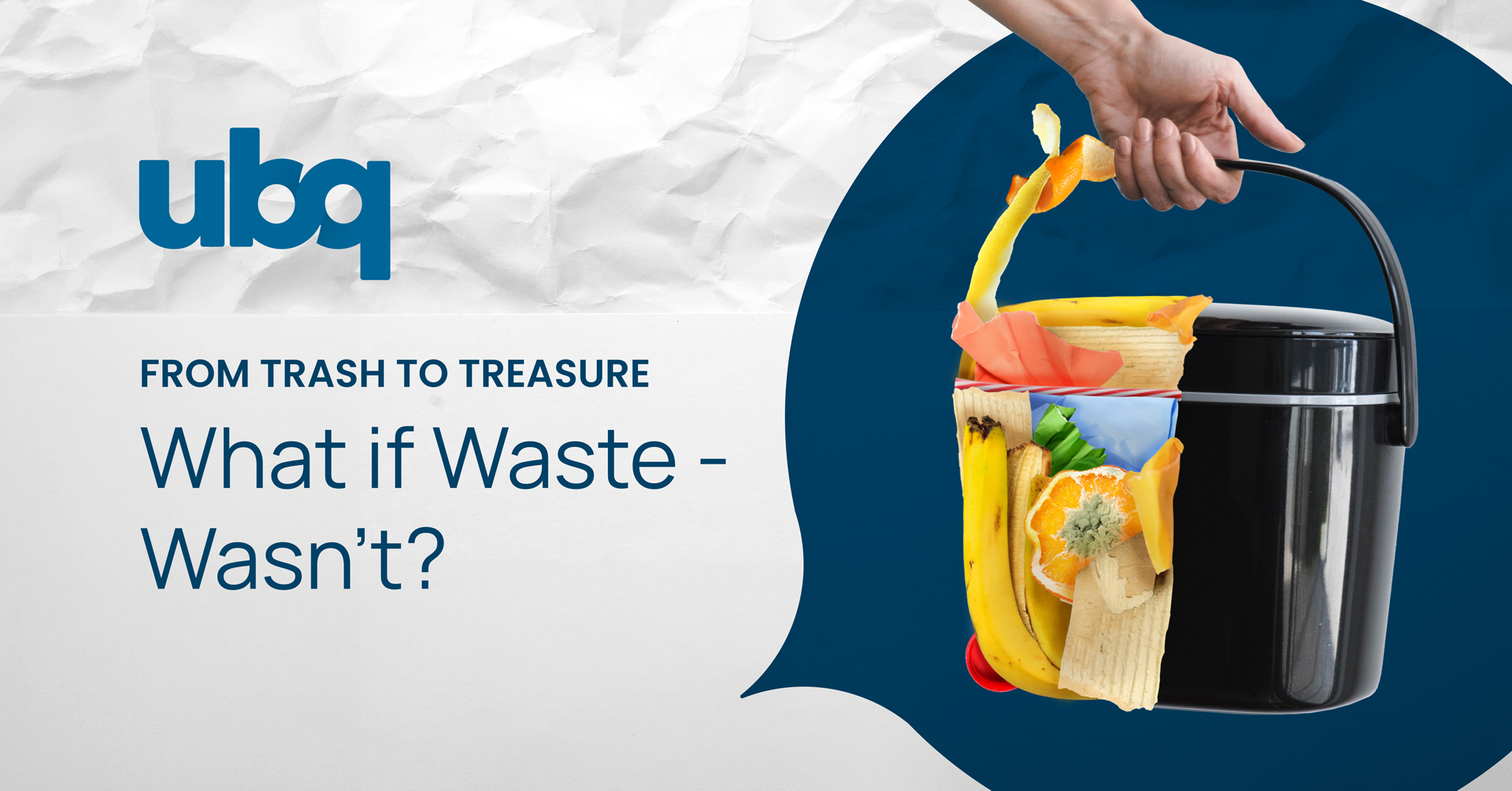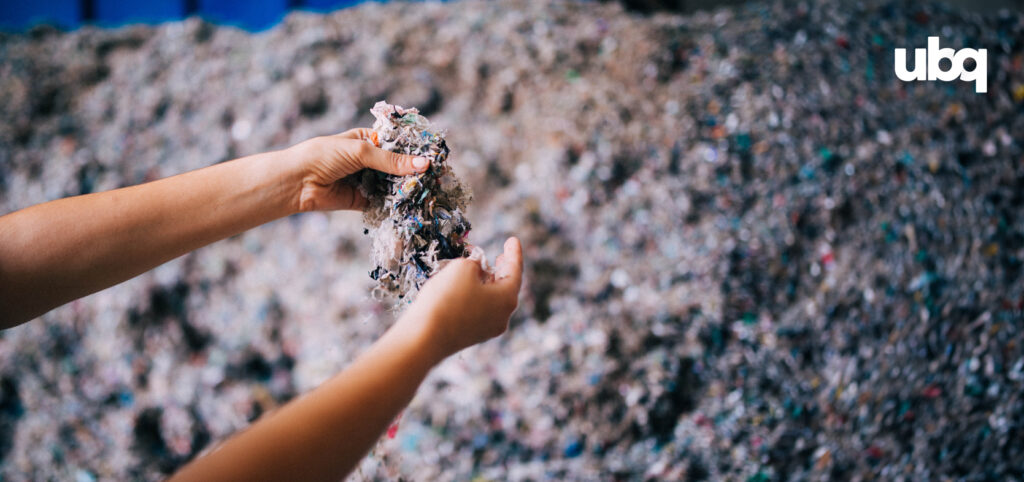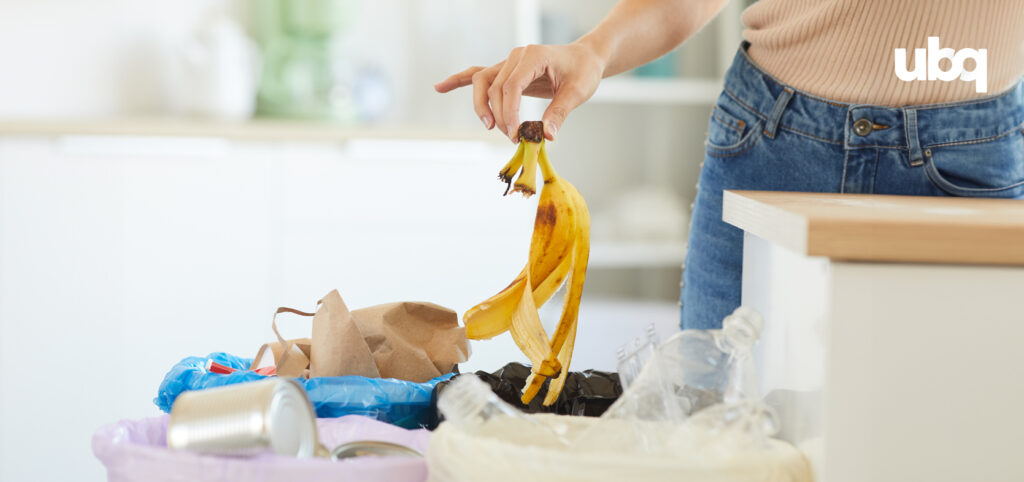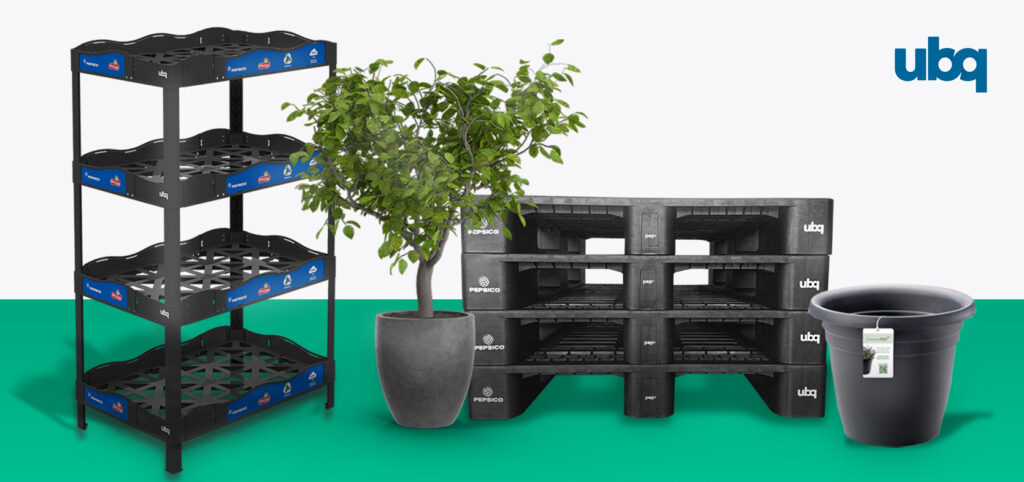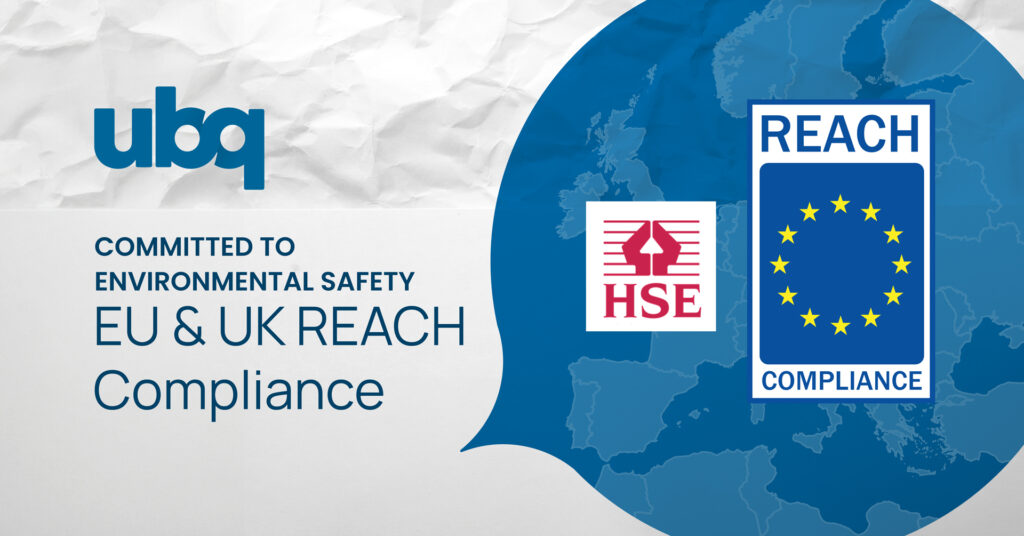Household or municipal solid waste, according to OECD Data, refers to waste collected and treated by or for households, municipalities, office buildings, and businesses, as well as yard and garden waste, street sweeping, and the contents of litter containers.
The attributes and management of waste have significant implications for both human health and environmental sustainability.
The primary goal of waste management is moving toward preventing the generation of waste and maximizing its recovery for further use, for the benefit of future generations. This involves a shift in consumption patterns and manufacturing processes towards responsible production that prioritizes preventing waste creation when possible—and, when it’s unavoidable, gives priority to reuse, recycling, and recovery over disposal. The Zero Waste International Alliance and other organizations at the international and local levels advocate for zero waste principles, aiming to eliminate waste through public education, community engagement, and policy advocacy.
These principles emphasize the importance of redesigning products and supply chains to reduce waste generation and employ benign materials that are easily reused. The ultimate goal is to see all materials as resources, promoting a circular economy where nothing is wasted.
Different Types of Waste
Below is a short list of the different types of waste and their respective definitions according to the U.S. Environmental Protection Agency (EPA), unless otherwise indicated.
| Type of Waste | Description |
| Municipal Solid Waste (MSW) | Residential solid waste and some non-hazardous commercial, institutional, and industrial wastes. This material is generally sent to municipal landfills or incinerators for disposal; however, recycling, composting, and energy recovery are increasingly being implemented to handle this waste more sustainably. |
| Refuse Derived Fuel (RDF) | The European Environment Agency describes refuse-derived fuel (RDF) as a sustainable fuel created from domestic refuse, excluding glass and metals, compressed into briquettes for boiler fuel. This process is part of waste management strategies aiming to minimize landfill use and enhance energy recovery, showcasing RDF’s environmental advantage in reducing waste and promoting renewable energy use. |
| Residual Municipal Waste (RMW) | The European Environment Agency defines residual municipal waste as non-recyclable waste that cannot readily be handled separately. It is what’s left after recyclable waste has been removed. Things like food when it is mixed with mixed plastics, dirty paper, and cardboard products will be part of the residual municipal waste that will be diverted to landfills or incinerators. |
| Hazardous Waste | A subset of solid waste that poses substantial or potential threats to public health or the environment and meets any of the following criteria: is specifically listed as a hazardous waste by EPA; exhibits one or more of the characteristics of hazardous waste (ignitability, corrosiveness, reactivity, and/or toxicity); is generated by the treatment of hazardous waste; or is contained in a hazardous waste. |
| Industrial Non-Hazardous Waste | Waste generated from processes associated with the production of goods and products, such as electric power generation and manufacturing of materials such as pulp and paper, iron and steel, glass, and concrete. |
| Agricultural and Animal Waste | Poultry and livestock manure, and residual materials in liquid or solid form generated from the production and marketing of poultry, livestock, furbearing animals, and their products. Also includes grain, vegetable, and fruit harvest residue |
| Construction and Demolition Debris | A type of waste that is not included in municipal solid waste. According to EPA, the materials included in this type of debris include steel, wood products, drywall and plaster, brick and clay tile, and others. |
UBQ™ material is made from residual municipal solid waste, including organics, after the initial separation of metals and recyclable plastics. UBQ Materials processes food waste, mixed plastics, dirty paper and cardboard products, and other components and turns it into a new bio-based material that can replace fossil-based plastics.
By doing so, we are helping manufacturers remove and avoid greenhouse gas emissions, divert waste from landfills and incinerators, reduce their dependency on fossil-based plastics, and promote a circular economy.
Which Type of Waste Does UBQ Use?
Municipal solid waste (MSW), often referred to as trash or garbage, encompasses a variety of items discarded from residential, commercial, and institutional sources. MSW includes everyday objects such as product packaging, yard trimmings, furniture, clothing, bottles, cans, food, newspapers, appliances, electronics, and batteries.
The Center for Sustainable Systems categorizes MSW into durable goods (like tires and furniture), nondurable goods (such as newspapers and plastic plates/cups), containers and packaging, and other wastes including yard waste and food. It’s important to note that MSW generally refers to common household waste, as well as waste from offices and retail sources, but specifically excludes industrial, hazardous, and construction wastes.
After the initial separation, where the recyclable waste is revived, what is left is considered solid residual material (SRM), mixed household waste that cannot feasibly be recovered and is sent to landfills or incinerators. UBQ Materials processes the SRM using its advanced and innovative conversion process and turns waste that otherwise would have been harmful for the planet into a climate-positive, bio-based material that can reduce fossil-based plastic dependency.
By focusing on transforming SRM, UBQ Materials contributes to sustainable waste management practices, removes, and avoids greenhouse gas emissions, and supports the development of a circular economy. This approach not only addresses the environmental challenges posed by SRM but also taps into the potential of these discarded materials as valuable resources for new product creation.
What Happens with World Waste?
According to The World Bank, every year, an astounding 2.01 billion tons of waste are dumped on our planet.
Globally, the disposal of waste presents a significant challenge, with various methods being employed depending on the region and available resources. Data collected by The World Bank shows that a substantial portion of waste, approximately 37%, is disposed of in landfills of some kind. Sanitary landfills with gas collection systems account for 8% of waste disposal.
Open dumping, which is the least environmentally safe method, accounts for about 31% of waste disposal worldwide. This method is particularly prevalent in lower-income countries, where 93% of waste is dumped openly, posing significant environmental and health risks.
On a more positive note, 19% of global waste is processed through recycling and composting, showcasing efforts to recover and repurpose materials.
Another 11% (233 million tons) of waste is incinerated, which can be a method of energy recovery but also poses environmental concerns if not managed properly.
Overall, the handling and disposal of MSW are growing concerns as the volume of waste generated continues to increase globally. It highlights the need for more sustainable waste management practices and innovations in waste treatment and recovery to minimize environmental impacts and promote global health.
Food Waste
About one-third of the world’s food, equating to 1.3 billion tons annually, is lost or wasted. This monumental waste occurs at every stage of the food life cycle, from agricultural production and postharvest handling to consumption and disposal. The greatest losses, exceeding 500 million tons, happen during production, predominantly due to crop pests and inefficient harvesting.
Remarkably, 35% of this waste comprises food discarded by retailers and households, despite being fit for consumption. The UN’s Sustainable Development Goals aim to halve this waste by 2030, targeting both retail/consumer levels and production/supply chains. However, achieving this will require significant changes in our waste management practices and consumption patterns, along with a united effort from all stakeholders, including big companies and local communities, to endorse zero-waste principles and foster a responsible production and supply chain culture.
According to the EPA, one of the biggest problems with food waste is methane emissions, a powerful greenhouse gas that is emitted from landfills from the decaying of organic waste over time under anaerobic conditions. Due to its quick decay, food waste in landfills is contributing to more methane emissions than other landfilled materials. An estimated 58% of the fugitive methane emissions from MSW landfills are from landfilled food waste.
By processing the organics in the SRM, UBQ Materials is contributing to diverting food waste, and other hard-to-recycle materials from landfills and incinerators while avoiding methane emissions.
How Does UBQ™ Minimize Waste?
UBQ Materials addresses the limitations of current recycling and composting systems with its innovative UBQ™ material. This novel thermoplastic is created by converting mixed municipal waste, including organics and conventionally unrecyclable materials, which would otherwise end up in landfills or incinerators. UBQ™ material, a climate-positive and bio-based alternative, significantly contributes to waste disposal minimization, removal and avoidance of greenhouse gas emissions, and a circular economy.
UBQ™ material has already been incorporated into a wide variety of applications across various industries, effectively replacing oil-based plastics and helping manufacturers achieve their sustainability targets.
In 2023, UBQ Materials was included in Time’s Annual Best Invention list, which features 200 extraordinary innovations solving compelling problems in creative ways and changing our lives. UBQ Materials was recognized as a winning innovation in the Reuse & Recycle category for inventions reducing overconsumption.
Reshaping the Manufacturing Process
Companies committed to achieving their sustainability targets are adopting our pioneer bio-based thermoplastic material in different ways, and while their products are becoming more sustainable, consumers can’t tell the difference since appearance, durability and usage remain the same. A great example is the Crescent TOO, the first planter to contain climate-positive material and a breakthrough for those in the horticulture field, where decisions are increasingly focused on what is good for the planet in addition to what is beneficial for the garden.
Another example is the incorporation of UBQ™ into shipping pallets and retail displays. PepsiCo first started by incorporating UBQ™ into their shipping pallets to reduce their carbon footprint, then decided to further increase their beneficial impact—now UBQ™ has also been added to their Lay’s Chips displays.
Conclusion
The converting of SRM into UBQ™ material demonstrates a significant stride towards greenhouse gas emission removal and avoidance, diversion of waste from landfills and incinerators, and a more climate-positive impact.
UBQ is pivotal in helping to create a more sustainable, circular economy—bridging the gap between decreasing fossil-based plastic dependency and recovering the resources our society currently discards. This aligns with global efforts to minimize waste, protect human health, and conserve valuable natural resources for future generations, underpinning the ultimate goal of a zero-waste community.
Key Definitions
|
Waste Disposal Method |
Definition |
|
The United Nations defines landfill as the disposal facilities where waste is placed in, or land. Properly designed and operated landfills are lined to prevent leakage and contain systems to collect potentially contaminated surface water run-off. |
|
The European Environmental Agency defines dumping as the disposal of solid waste without environmental controls. |
|
|
The U.S. Environmental Protection Agency (EPA) defines recycling as the process of collecting and processing materials that would otherwise be thrown away as trash and turning them into new products. |
|
|
Composting, according to the U.S. Environmental Protection Agency. Is a controlled, aerobic (oxygen-required) process that converts organic materials into a nutrient-rich, biologically stable soil amendment or much through natural decomposition. |
|
|
The United Nations defines incineration as the controlled burning of solid waste to produce heat and steam in order to reduce the volume of the original waste materials. |

